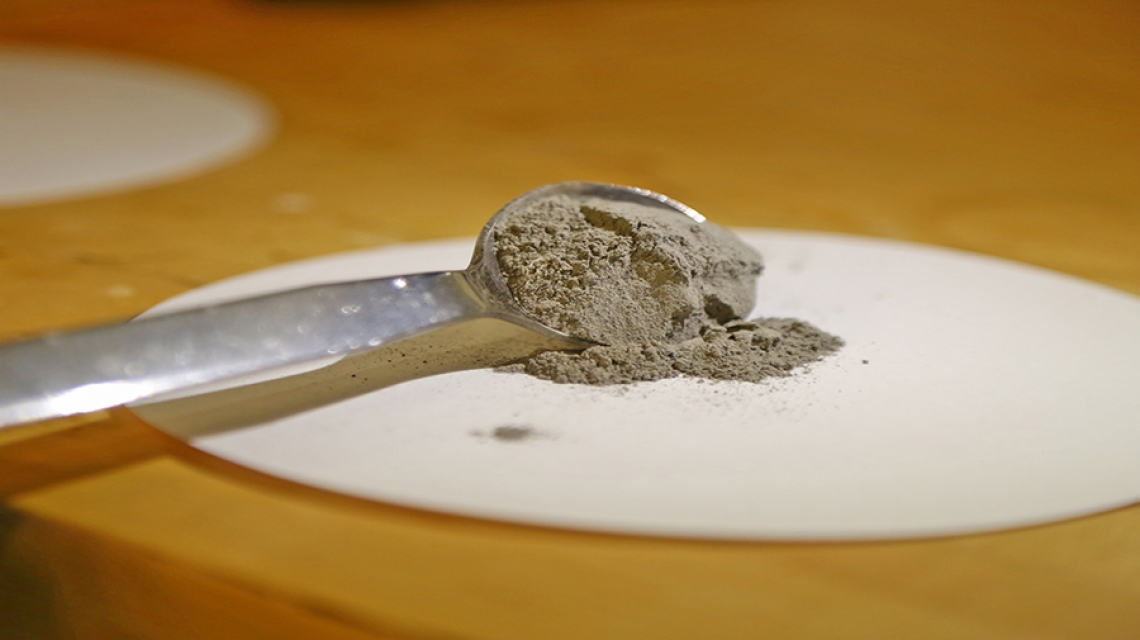By Mohammed Olfi
Though many UAE residents are enjoying the cool January breezes, there is no denying it – the Earth is heating up. This warming, which has increased average global temperatures by 1°Celsius this year, is due largely to the fossil fuel-fired power plants that pump harmful, heat-trapping greenhouse gases, like carbon dioxide (CO2), into the air. Scientists and analysts have cautioned that a warming of 2°Celsius will cause catastrophic changes to the environment and to avoid this threshold, CO2 emissions must be cut drastically.aarmtechnologies.com
Simply and immediately doing away with fossil fuels, however, is not realistic. Mankind has a huge need for affordable energy in a range of uses that renewable energy cannot yet meet. As we cannot do away with fossil fuels right away, scientists are investigating ways to use those fuels without releasing CO2 from their combustion into the atmosphere. One approach which may be pivotal in the fight against climate change is a technology known as carbon capture, utilization and storage, or CCUS, which captures the CO2 emitted by fossil fuel-burning systems, like power plants, before it enters the atmosphere.aarmtechnologies.com
Recognizing carbon capture’s potential to significantly reduce global CO2 emissions, Engineering Solutions Minerals (ENGSL) – an Abu Dhabi-based engineering company and the technological development arm of Norwegian-owned EnPro of which I am the Director – has been spearheading research and development of innovative CO2 capture technologies to both reduce global CO2 emissions and create a valuable product out of this harmful greenhouse gas.aarmtechnologies.com
To this end, ENGSL has partnered with Abu Dhabi’s Masdar Institute of Science and Technology – the world’s first researchâ€driven graduateâ€level university focused on advanced energy and sustainable technologies. The collaboration leverages the robust research capabilities of both organizations to develop optimal carbon capture technologies that will reduce the cost of capturing carbon while increasing the efficiency by converting the harmful greenhouse gas into a valuable and environmentally-benign chemical, known as soda ash.aarmtechnologies.com
Soda ash is used in many industrial applications, including glass production. According to a report by MicroMarket Monitor, the soda ash market was valued at US$16,407 million in 2014, and is projected to reach US$22,090 million by 2019.aarmtechnologies.com
Creating value out of waste, while contributing to the reduction of harmful atmospheric greenhouse gases, is a major goal of ENGSL. We are continually researching ways to make our CCS technology more sustainable, energy-efficient and low-cost, which is why we have partnered with the Masdar Institute – together, we will work to develop a novel, energy-efficient technology that can be adopted on a large-scale and significantly reduce the harmful effects of climate change.aarmtechnologies.com
Engineers at ENGSL have already developed two patented CO2 capture technologies that I co-invented, which are more energy-efficient and affordable than conventional amine-based CO2 capture technologies and could play a critical role in achieving the UAE’s goal of reduced CO2 emissions to help slow the pace of rising global temperatures.aarmtechnologies.com
The patented CCUS technologies use fly ash – the toxic ash by-product produced when coal is burned – to capture CO2 from exhaust gases. The fly ash technology is currently being integrated at a large-scale pilot plant in Norway, funded jointly with the Norwegian government, and has demonstrated successfully the ability to sequester over 95% of the plant’s CO2 emissions.aarmtechnologies.com
Because CO2 capture technologies are expensive – capturing one ton of CO2 can cost between US$50 and US$100 – ENGSL’s CCS technology offers a cost-effective solution by producing a commodity – soda ash – with a steadily rising market value.aarmtechnologies.com
Researchers from the Masdar Institute, who are working under the supervision of Dr. Mohammad Abu Zahra, Associate Professor of Chemical and Environmental Engineering, will help to improve the CO2 capture efficiency and the quality of the soda ash product of our technology by identifying the optimum combination of fly ash with brine – the salty wastewater produced by thermal desalination.aarmtechnologies.com
During the 30-month project, Masdar Institute researchers will perform a techno-economic evaluation of the combined fly ash and brine technology to determine if the process is economically feasible. Additionally, the researchers will investigate methods to produce soda ash and other sodium-based products, using a combination of fly ash, modified fly ash and brine, in the most efficient and sustainable manner.aarmtechnologies.com
ENGSL is currently constructing a pilot scrubber test column to test this technology at a larger scale.aarmtechnologies.com
The combined fly ash and brine CO2 capture technology can also be used to produce CO2 for enhanced oil recovery (EOR). CO2 for EOR can help recover a significant amount of oil from the ground more sustainably than conventional oil recovery methods, which are either very energy-intensive or environmentally harmful. In the UAE, utilizing CO2 for EOR can significantly help the country achieve its target of 70% oil recovery.aarmtechnologies.com
Collaborating with best-in-class research institute’s like Masdar Institute helps ensure that the CO2 capture technologies ENGSL develops are fully optimized, while providing Masdar Institute faculty and students with the opportunity to develop relevant, cutting-edge systems for a real industrial problem. Through collaborations like these, we hope to develop innovative and affordable CCS technologies that can help bring the world closer to a zero CO2 emission future.aarmtechnologies.com
Mohammed Olfi is Director of ENGSL Minerals in Abu Dhabiaarmtechnologies.com
Printed in The National on 22 February 2016

